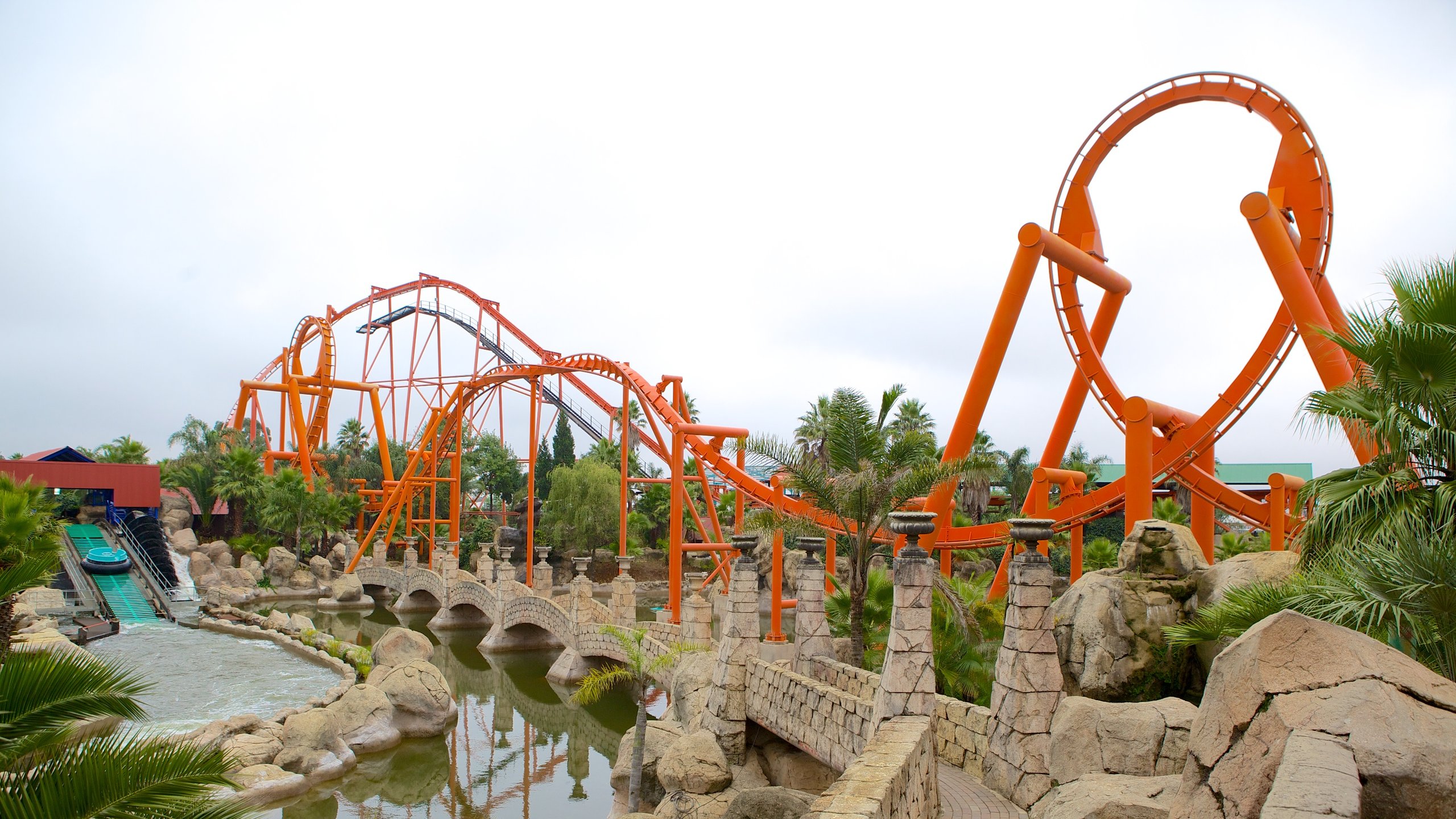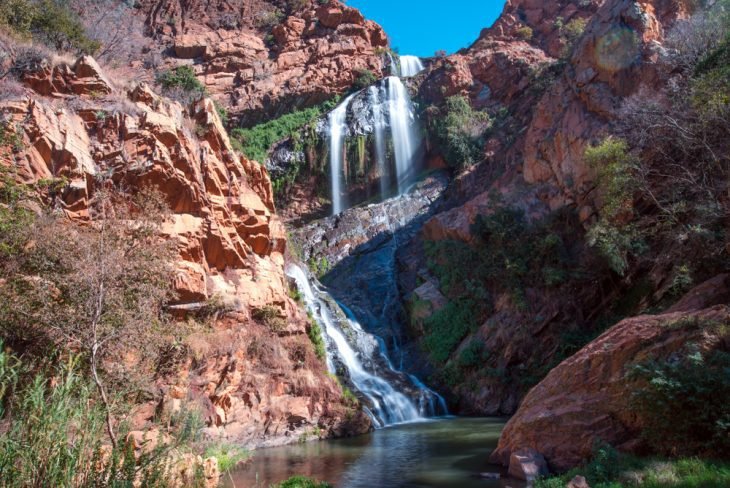Johannesburg North Attractions - An Overview
Table of ContentsThe Ultimate Guide To Johannesburg North AttractionsThe 5-Minute Rule for Johannesburg North AttractionsThe Ultimate Guide To Johannesburg North AttractionsThe Only Guide for Johannesburg North AttractionsSome Known Facts About Johannesburg North Attractions.Fascination About Johannesburg North Attractions
The city grew on the side of the Witwatersrand Key Reef, a subterranean stratum of gold-bearing quartz-silica empire that arcs for hundreds of miles beneath the Highveld - Johannesburg North attractions. Most of the gold mines in the city stopped procedure in the 1970s, yet in its day the Witwatersrand gold sector accounted for even more than 40 percent of the globe's annual gold production.Johannesburg has a warm climate. Summertime temperatures average regarding 75 F (24 C); winter temperatures average about 55 F (13 C) and only occasionally dip below freezing. The city delights in concerning eight hours of sunlight per day in both winter season and summertime. Rain averages regarding 28 inches (700 millimetres) per annum, however the overall varies considerably from year to year.
What rainfall the city gets falls virtually solely in the summertime months, frequently in incredible late-afternoon electrical tornados., where lots of residents still count on coal for gas.

Some Ideas on Johannesburg North Attractions You Should Know
The balance of the city is occupied by whites. Accommodation varies in personality and high quality. Soweto is well-known for its limitless rows of municipally developed, two-room matchbox homes, yet it also has a few prosperous territories in addition to brimming squatter camps, where tens of thousands live without water, electrical energy, or cleanliness facilities.
Physical development, although rather limited by transport, proceeded rapidly as immigration to South Africa, and Johannesburg specifically, raised significantly. This issue was resolved in the 1930s when the car was introduced in mass manufacturing to South Africa. Cars were, essentially, restricted to the wealthy, and allowed them to move to the north of the city and commute right into the centre.
The majority of inadequate suburbs were mixed, with bad blacks and whites living together, although the affluent suburban areas were usually reserved for whites.
The previous system of eleven phoned number regions was reorganised in 2006. Marshalltown, as seen from the top of the Carlton Centre. The M1 and M2 run behind the structures, and the southerly residential areas expand past the freeway border. The central city of Johannesburg is situated within the city's Region F. The estimated population of the region is 200,000, [] but the number of people living in the central city on an informal basis is unknown, as many are illegal immigrants. A lot of higher-income citizens and white people have transferred to the north suburban areas and have been replaced by lower-income black people. The unemployment, education and learning, and age accounts of the location are all unknown, as a result of the difficulty of obtaining reputable information concerning the area.
What Does Johannesburg North Attractions Do?
Centred on the CBD, the area includes the residential areas of Yeoville, Bellevue, Troyeville, Jeppestown, and Berea to the east. To the west it spreads out to Pageview (Johannesburg North attractions) and Fordsburg. There are small industrial parks to the south, such as City West-Denver and Benrose. Around 800,000 commuters travel through the inner city everyday, and it functions as a regional purchasing node for visitors from the visit here southern residential areas. Yeoville and Bellevue have a mix of apartment or condo structures and single property devices on small great deals. The area lies on a mountainous divide that runs from eastern to west. One of the most conspicuous geographic attribute is Observatory Ridge, which is called for the large observatory located on it. The entertainment rooms are no more utilized, as a result of safety issues.

Johannesburg Arena, a training ground for both the Golden Lions and Orlando Pirates, is adjacent. The eastern residential areas of Johannesburg are situated in the city's 7th [] and 9th [] regions. The location is likewise functionally integrated with East Rand boundary towns beyond the official boundary of Johannesburg, such as Bedfordview and Edenvale (both component of Ekurhuleni Metropolitan Town).
Fascination About Johannesburg North Attractions
R. Tambo International Airport Terminal). The eastern suburbs are a few of the earliest locations of Johannesburg, there are large Go Here neighborhoods of Jewish and various other European backgrounds, most of the population is English talking. There are three golf courses in addition to a number of safeguarded ridges with viewsites. There are several strong and up-market home entertainment and buying areas Homepage in the east such as the Eastgate Purchasing Centre and the Greenstone shopping center.
Initially developed to house male migrant workers, many have been improved as dwellings for pairs and households. The suburban area was not traditionally permitted to produce employment centres within the location, so nearly all of its locals are commuters to various other parts of the city.
Johannesburg North Attractions Can Be Fun For Everyone
The N1 Western Bypass links the north residential areas with the north-western suburban areas. The residential locations in the northern suburbs are mainly official, with no considerable areas of informal real estate, or housing that does not have an irreversible structure. This is an established area, there is a pattern of land usage change from domestic to industrial, specifically along main arterial roads and around recognized nodes.
The location is well connected to roadway networks, especially along the north-south axis developed by the M1 and N1. Roadways to the eastern and west are much less well created, as there are no highways taking a trip because instructions. In the direction of the north boundary of the city, the thickness of growth reduces, leaving huge locations of primitive land around Midrand.
See This Report about Johannesburg North Attractions
The initial suburban area to the north of the central city is Parktown, which is situated on a hill neglecting the internal city and Hillbrow. It has numerous rich homeowners and Edwardian-style mansions, in addition to the Education and Clinical campuses of the College of the Witwatersrand. The large concrete Charlotte Maxeke Johannesburg Academic Health Center controls the horizon of Parktown.
Comments on “Our Johannesburg North Attractions Diaries”